MOLLY DONNELLY, US SPANISH TEACHER, WORLD LANGUAGES DEPARTMENT CHAIR: The bilingual brain has a considerable edge over the monolingual brain in work and in life. Numerous neurological studies point to the increased academic and social advantages offered to young students who are working towards proficiency in a second language.
The bilingual brain has a considerable edge over the monolingual brain in work and in life.
“Bilinguals show higher test scores, better problem solving skills, sharper mental perceptions, and access to richer social networks,” says Rebecca Callahan, an Associate Professor of Bilingual/Bicultural Education and author of numerous research studies for the University of Texas, Austin.
Research also links bilingualism to improved intellectual focus, decreased chance of early onset dementia, and the development of greater empathy. With all these benefits, parents should be doing all they can to reinforce the journey to bilingualism in the home.
Though students will not graduate the Peck School fully bilingual by Grade 8, The Peck School offers Spanish language instruction beginning in Kindergarten (once a week Spanish language immersion during lunch) through Grade 8, with French and Latin options added in the Upper School.
We encourage our parents to actively support their children’s path towards bilingualism at Peck and in the future by adopting some simple practices in the home and attempting new habits. Here are some quick tips to embrace language learning with your child from the Peck World Language Department:
- Make mealtime together an opportunity for adventure. Experiment with a new recipe from the country - such as crepes or buñuelos! Try to converse in the foreign tongue – even if you only use it to say please and thank you.
- Boost foreign language vocabulary with flashcards or labels. Affix index cards or post-its to various items in your home with the item’s foreign name on the card. Start with everyday items and then expand to the more obscure.
- Why not try a game in a different language? Play Uno, Go Fish, Boggle, or Bingo using the second language. For the more electronically inclined, some games like Play Station can be set to an alternate language.
- Find cultural events in your community (or celebrate at home) to help connect your child to the people, language and traditions. Go to a local festival or fair and celebrate such holidays as Mardi Gras or the Day of the Dead.
- Use a TV show or movie as a tutor. Netflix and other on demand services offer numerous foreign films in Spanish, French, and additional foreign languages.
- Music is another easy connection to a language or culture. This winter, look for holiday songs in French or Spanish. Search iTunes for the top songs from around the world.
- Look around you everyday. We live in a multi-cultural world and language is everywhere. Look for billboards or signs in bus and train stations, products in the supermarket, or foreign language newspapers and magazines.
The more you do at home to reinforce your child’s bilingual brain, the more beautiful and capable that brain will become. You may also be learning a second language yourself and improving your acumen and health in the process!





